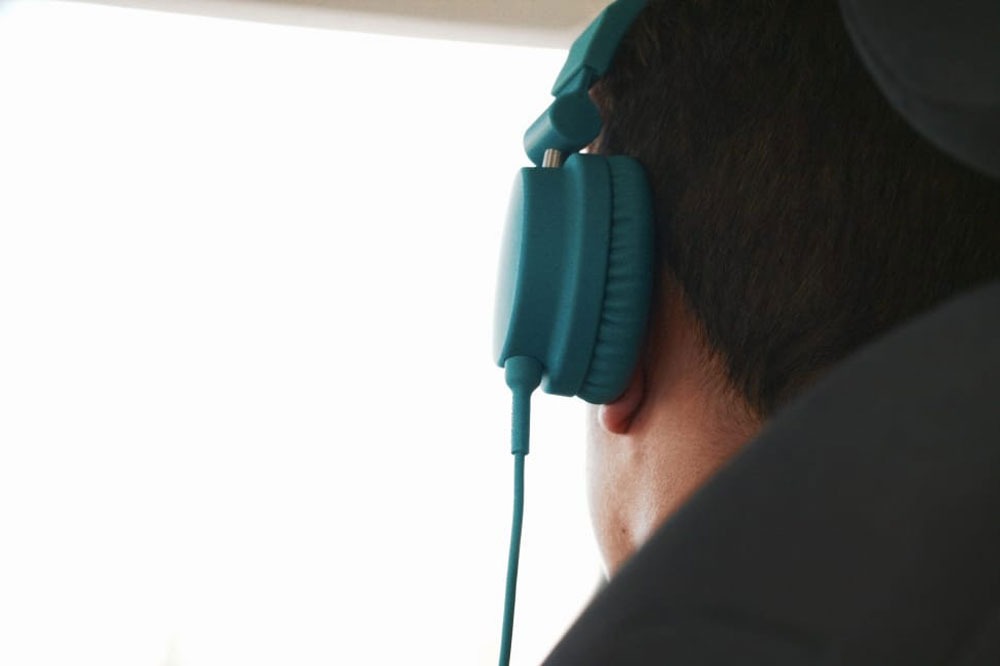
June 22, 2020; Boston Globe and Harvard Business Review
Massachusetts has the lowest rate of COVID transmission in the country. Transmission is measured by Rt value—essentially, how many people will each sick person infect—and Massachusetts, with a Rt of .67, is so far the most successful at containing the disease. Thirty-one states have a Rt value above 1 (signifying rapid spread).
The commonwealth’s success in containing the virus is not due to its status as the home of several highly ranked hospitals, nor to the hundreds of health tech companies located in Boston. Instead, Governor Charlie Baker and others have attributed their successful public health campaign to their alliance with Partners in Health (PIH), and the lessons PIH learned in southeast Asia and Africa.
“Whether fighting Ebola in West Africa, tackling HIV and tuberculosis for a generation, or facing the sudden emergence of cholera in Haiti, we at Partners In Health know that even as we prepare the hospitals in the Commonwealth to provide safe and effective care to all the people who are sick,” said PIH’s Chief Medical Officer, Dr. Joia Mukherjee. “We must simultaneously stop the ongoing spread of COVID-19 if we are to end this terrible pandemic.”
Specifically, PIH partners hired and trained 1,000 contact tracers, who tracked down everyone who’d interacted with patients who tested positive and reached out, according to Mukherjee, “with love and compassion that can reach out to people and humanely let them know that they are at risk and humanely help them to isolate themselves.”
It makes sense that the United States, which hasn’t dealt with a widespread epidemic in over a century, should learn from places like Haiti, Sierra Leone, or Hong Kong, each of which have managed major epidemics in the last 20 years. Drive-through testing and negative pressure booths, which made testing over 20 times faster at Massachusetts General Hospital, were innovations borrowed from Yangji Hospital in South Korea.
Sign up for our free newsletters
Subscribe to NPQ's newsletters to have our top stories delivered directly to your inbox.
By signing up, you agree to our privacy policy and terms of use, and to receive messages from NPQ and our partners.
But there are those who are determined to see innovation as the property of resource-rich, technology-dependent countries like the United States. Ravi Ramamurti and Vijay Govindarajan at Harvard Business School coined the term “reverse innovation,” meaning bottom-up solutions developed in countries like India, Vietnam, and Uganda—all of which have COVID infection rates many times smaller than the United States.
Why is innovation “reverse” when it comes from poorer countries? Wouldn’t it make sense for them to be centers of innovation—masters of doing more with less?
In 2018, the same year Ramamurti and Govindarajan’s book came out, Cyndi Suarez wrote, “Systems don’t change from the center, but from the periphery, where lack demands mutuality and innovation.” She was describing Puerto Rico, which, despite being abandoned by FEMA and the US government generally after the destruction of Hurricane Maria, was rebuilding itself both physically and figuratively, cleaning up neighborhoods and organizing mutual aid.
In an article about applying “reverse innovation” to COVID-19, Ramamurti writes, “these countries quickly repurposed their public health systems and protocols to fight the latest threat.” The United States has not successfully established either a functional public health system or the standard protocols that would have kept COVID-19 from spreading. (So much for “more developed.”) Repurposing existing systems to address a newly erupted issue is exactly what “innovation” means; why are we reluctant, then, to assign it that term?
Associating “innovation” with what Ramamurti refers to as the “Triad”—North America, Western Europe, and Japan—puts it firmly in the realm of technology, of abundant resources, of solving problems not yet arisen. That’s one way innovation can happen, but it’s also the kind of attitude that is driving the planet to the brink of destruction. Innovation that means doing more with less, as the countries successfully containing COVID have done, might be the thing that saves us, in more ways than one.—Erin Rubin













